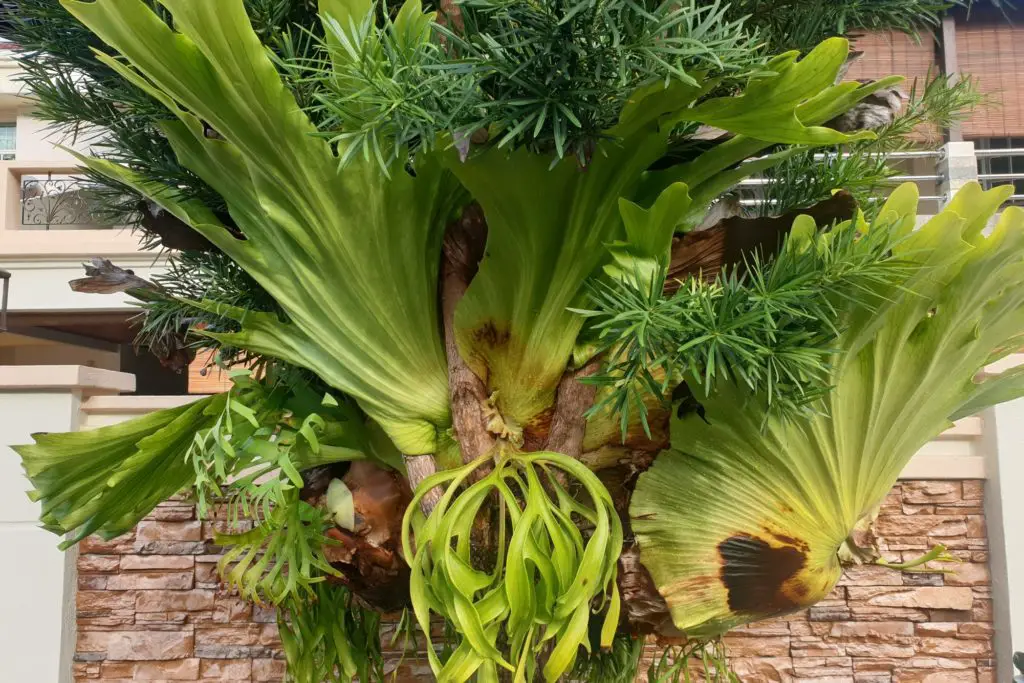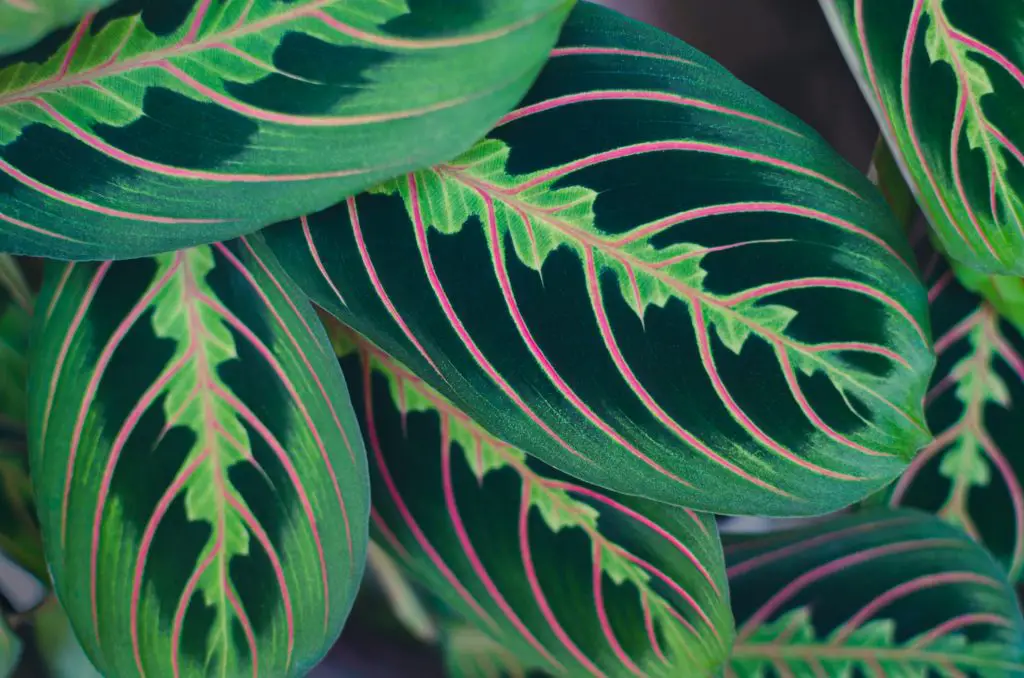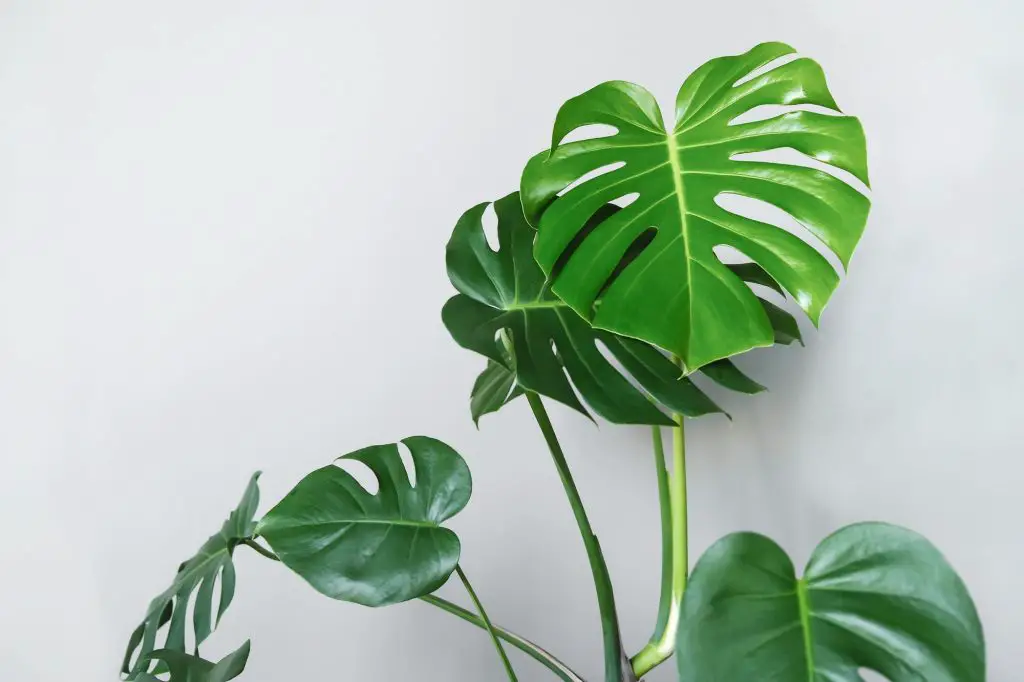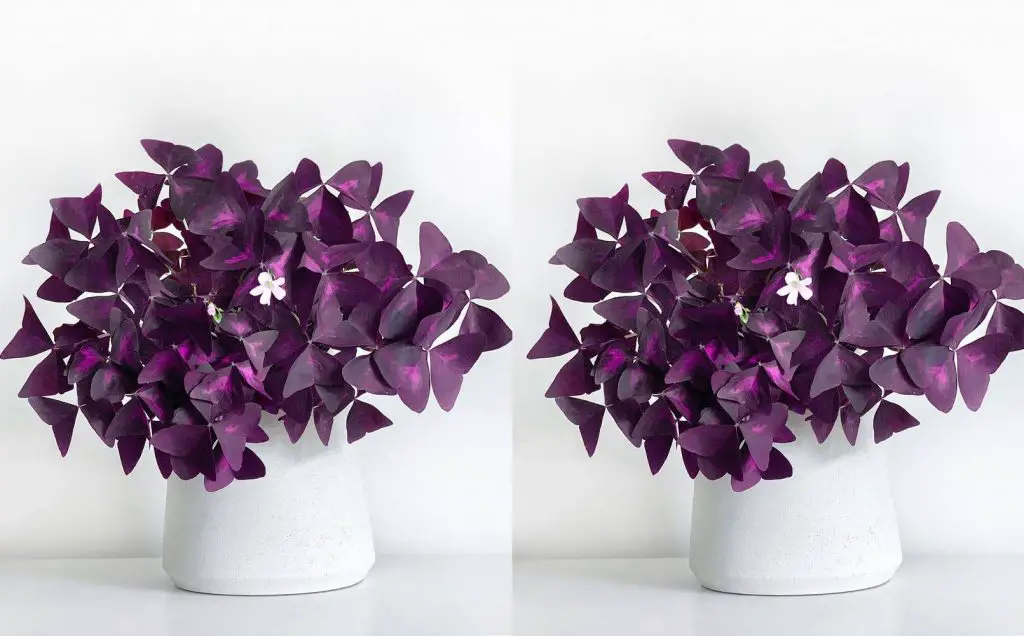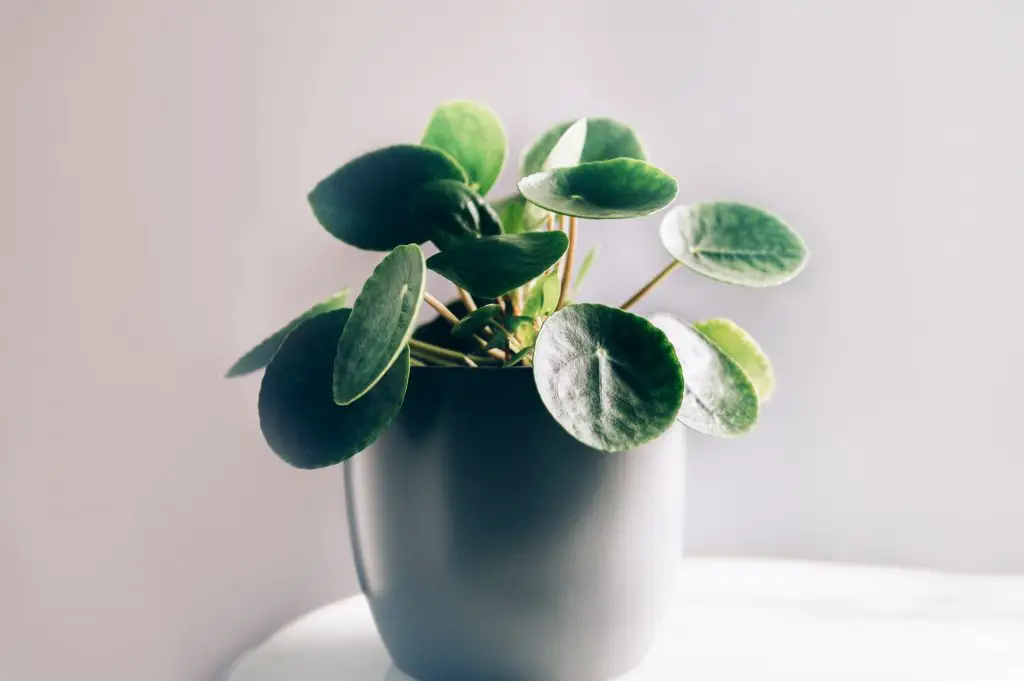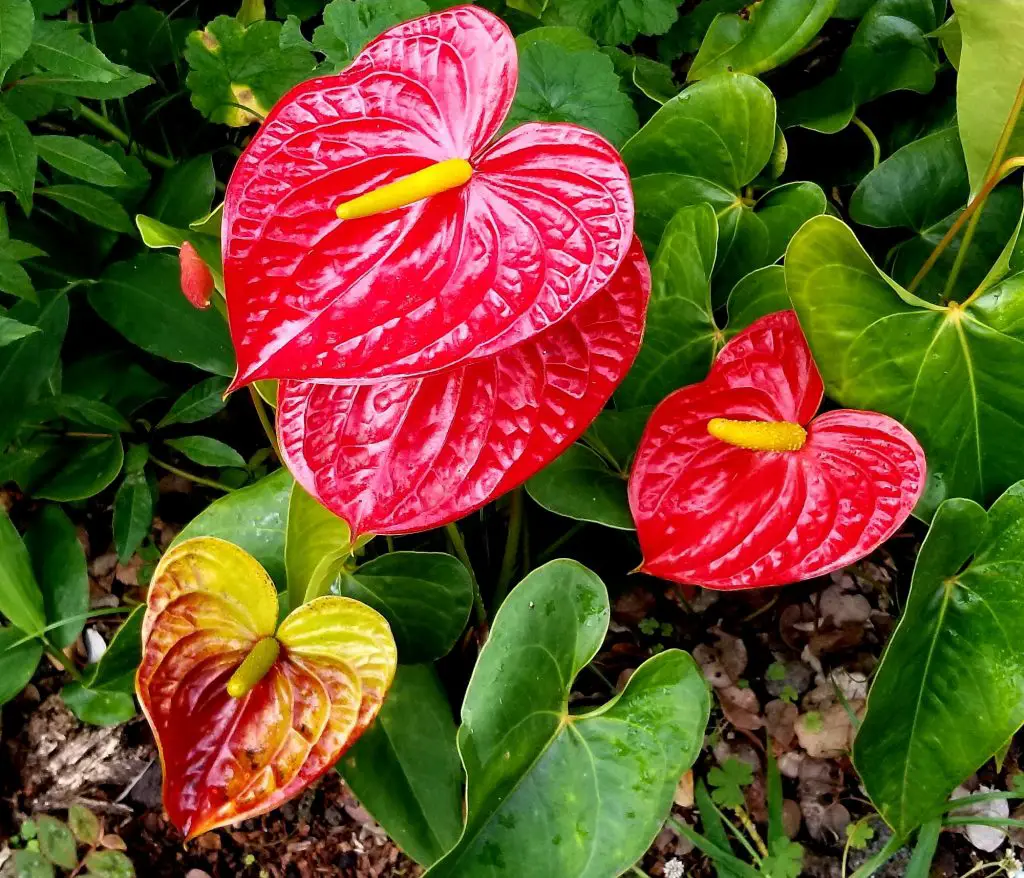The world of gardening is blessed with various kinds of plants. However, one thing is common of all; beauty! Each plant has a special way of blessing your space and air, with its looks and properties.
The staghorn fern plant is considered an unusual type of houseplant; this is because the plant is both an epiphyte and a fern. Although, it has less resemblance to other ferns, in its natural habitat, the staghorn fern is seen growing on rocks or tree trunks. The plant is characterized by its two different types of leaves. The lower heart-shaped leaves, and the antler-shaped leaves.
The lower heart-shaped leaves are known to turn brown when they mature and the antler-shaped leaves serve as the decorative part of the plant.
The mode of growth of the staghorn fern plant is quite different from that of other houseplants, and many have the impression that the staghorn fern is a difficult plant to grow because of its looks! However this elegant plant is still very easy to care for, you only need to pay attention to its specific needs.
If you are looking for the best care guide for your staghorn fern, it’s right here.
Table of Contents
Staghorn Fern Plant Background
| Common name | Staghorn fern |
| Botanical name | Platycerium |
| Plant type | Epiphyte |
| Humidity | High humidity |
| Temperature | 70 to 50 degrees F |
| Light | Indirect, bright light |
| Water | Frequently watered |
| Soil type | Peat moss, compost, etc. |
| Native | Asia, Australia, New Guinea, South America, etc. |
| Toxicity | Non-toxic. |
The staghorn fern is popularly known for its distinctive fronds, with origin from Asia, Australia, South America, and New Guinea, the plant is a member of the fern family and belongs to the genus Platycerium.
The staghorn fern is both an epiphyte and a fern, which means the plant does not get its nutrients from the soil, but from other trees, however, they do not cause any harm to the tree. Although the staghorn fern is not becoming rare at local nurseries, they can be found and bought online.
Staghorn Fern Plant Varieties
Over time, the staghorn fern has gotten so popular and it is only normal that there will be a search for varieties of this plant if there are any. Luckily, the staghorn fern has over 18 varieties that you can choose from for your home or office. The following are some of the varieties of staghorn you should know.
1. Platycerium Alcicorne
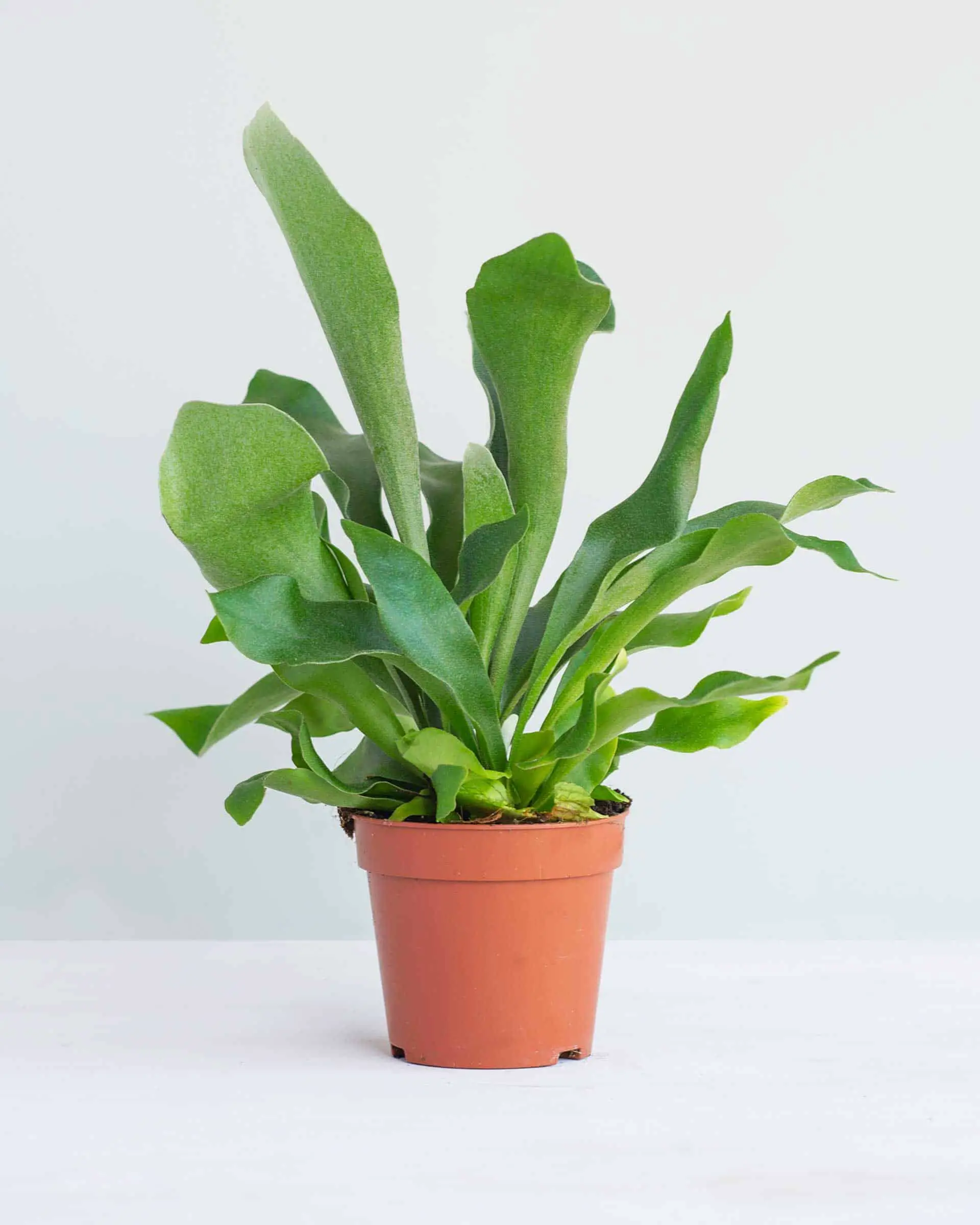
Popularly known as the fishbone fern or sword fern, the alcicorne variety is native to Southeast Asia and popularly grown as a houseplant in a hanging basket or a shelf. The plant can climb trees; the leaves can grow to about 6ft long. The alcicorne is popularly grown for decorative purposes.
2. Platycerium Andinum
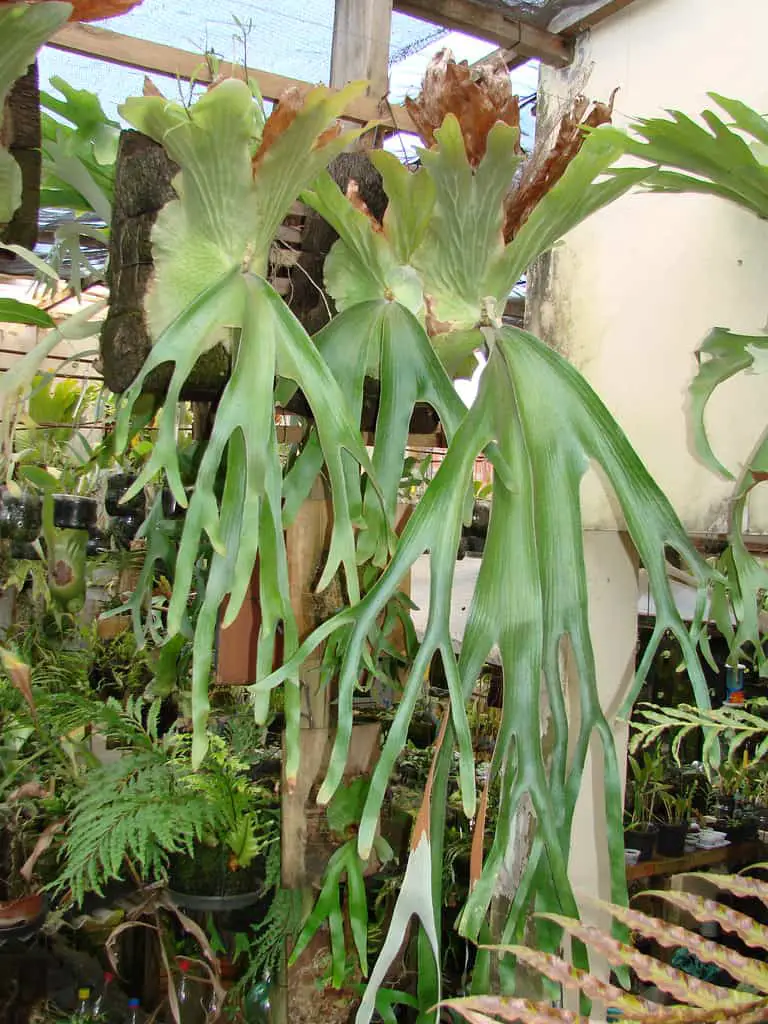
The andinum variety is native to the United States and is mostly found in the rain forests of Georgia and east Tennessee. The leaves can grow to about 10ft long if properly cared for, they also come in antler shape. Also known as the American staghorn fern, the plant looks stunning on a shelf or a hanging basket.
3. Platycerium Insulare
This staghorn variety is perfect for growth in humid environments; the plant enjoys being exposed to indirect light and regular watering. The leaves can grow to about 3ft and emerges from the top of a single stem. The insulare variety is perfect for growth in hanging baskets.
4. Platycerium Bifurcatum
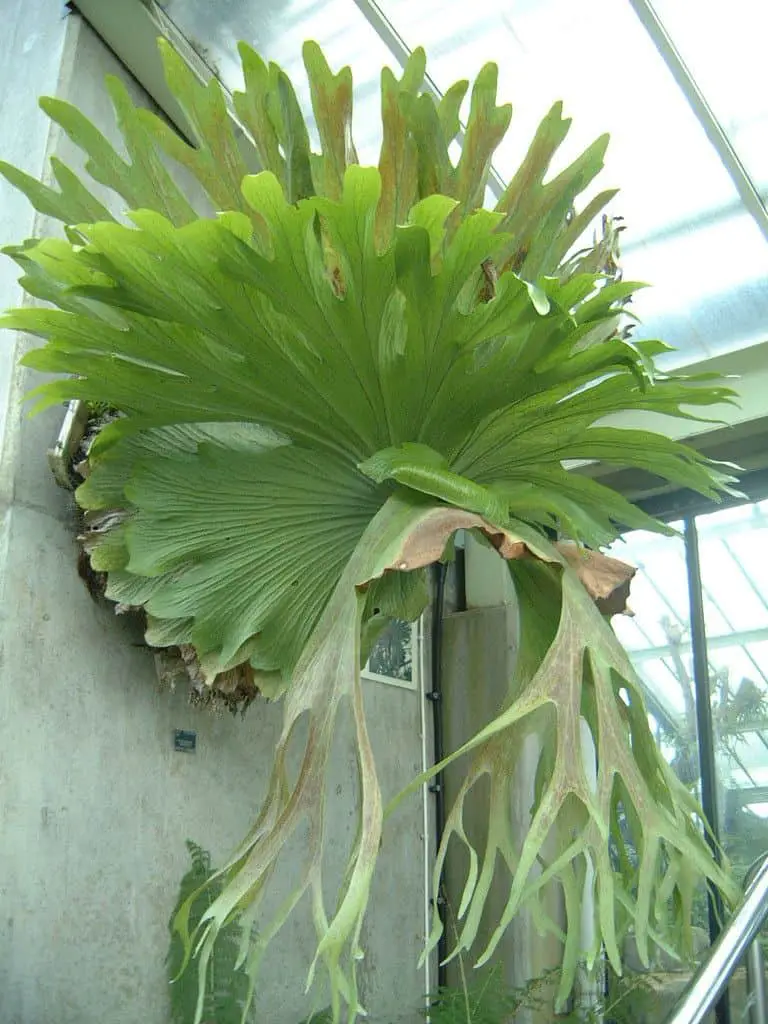
The bifurcatum variety is also known as wavy staghorn fern or chocolate staghorn fern. This plant can be found in various places in the United States and Canada. The leaves can grow to 10ft in length and grow in an antler shape.
5. Platycerium Coronarium
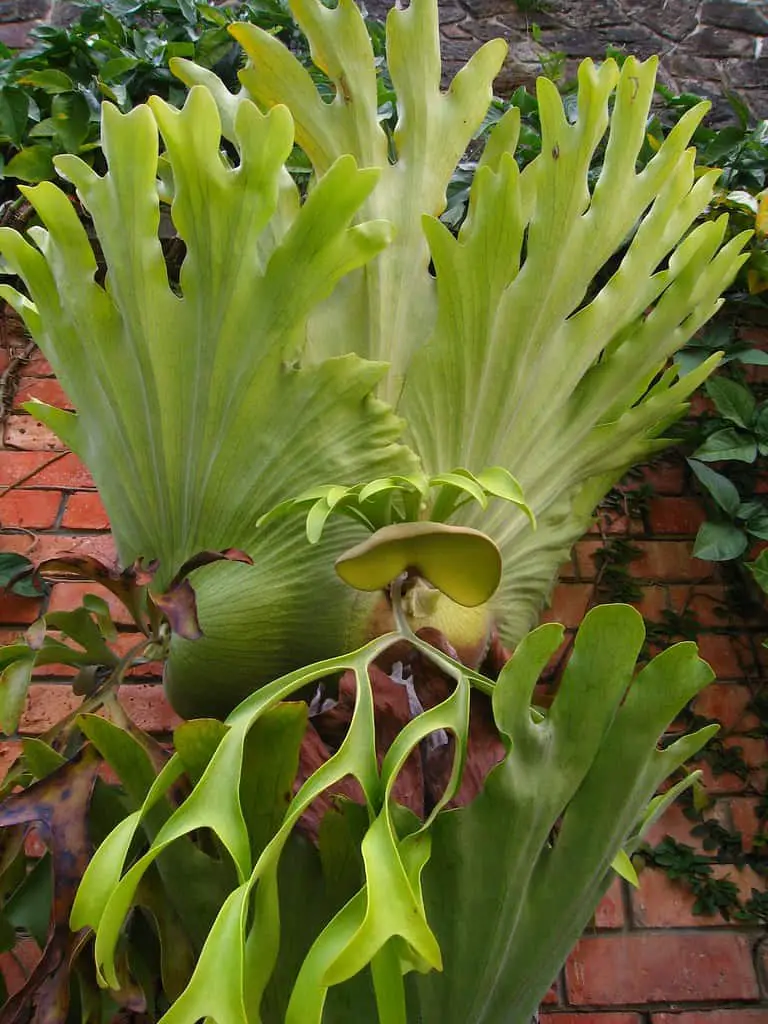
The coronarium is often referred to as the stag’s horn fern. The plant is native to Australia and is mostly found in humid rain forests and tropical areas.
The plant comes in a wide range of colors and shades, however, it is most commonly found in gold. The coronarium can be grown on a shelf or in a hanging basket. Its leaves, when provided the right care, can grow to about 7ft in length. Stag’s horn fern is shaped like antlers.
6. Platycerium Elephantotis
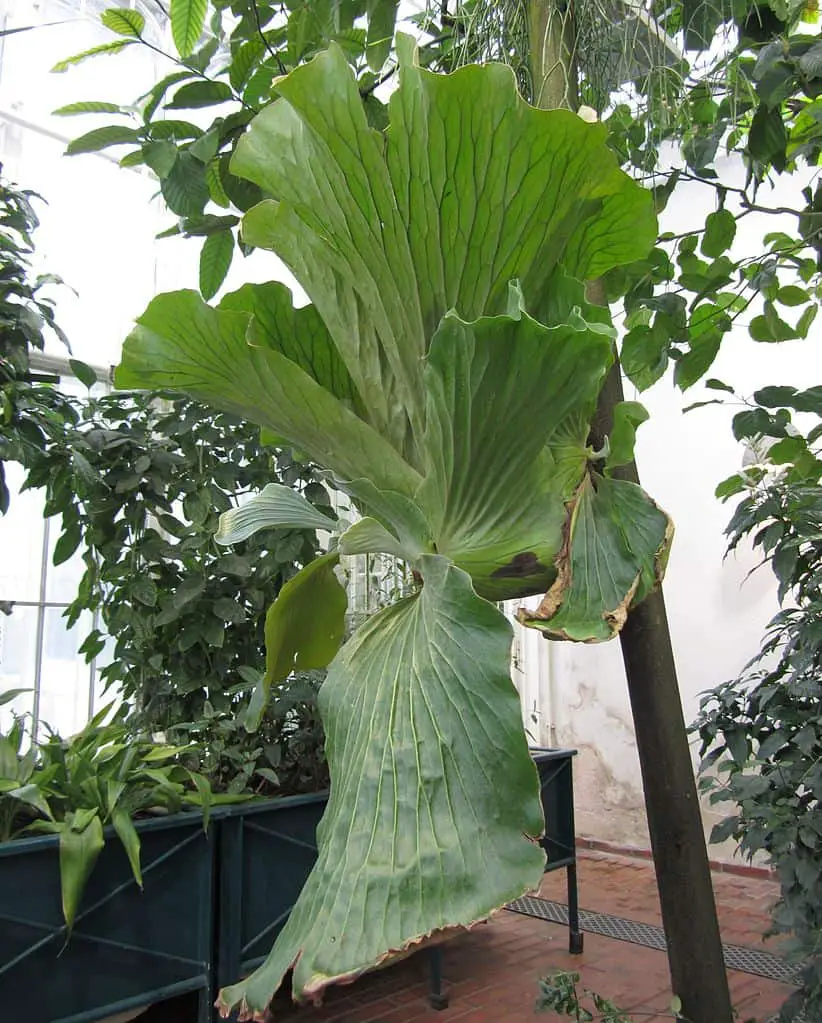
The elephantotis can also be called elephant ear staghorn fern, and is popularly found in Indonesia and Papua New Guinea.
The plant has long leaves and grows from the top of a single stem. As you must have guessed, the leaves of the plant are in an antler shape. The plant enjoys places where it can get light; however, it should be kept from indirect light.
7. Platycerium Hillii
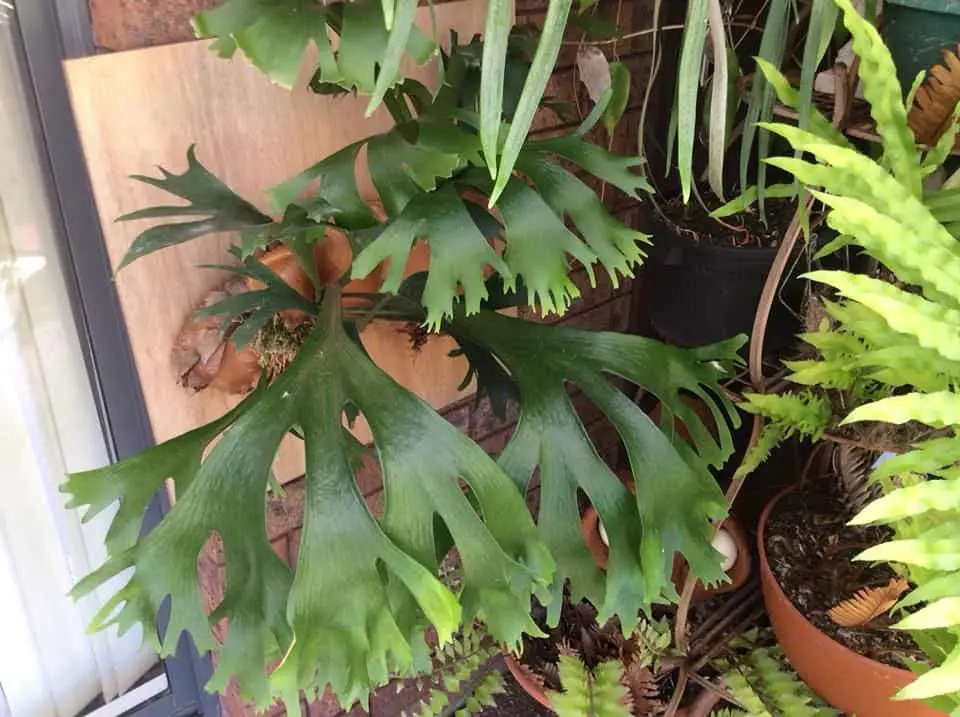
Native to the northern territory, New South Wales and Queensland, this variety is known for its long leaves and its ability to grow to about 6ft if properly cared for. The plant grows from the top of a single stem and looks beautiful in hanging baskets. It is characterized by its brown and thick stems.
8. Platycerium Holttumianum
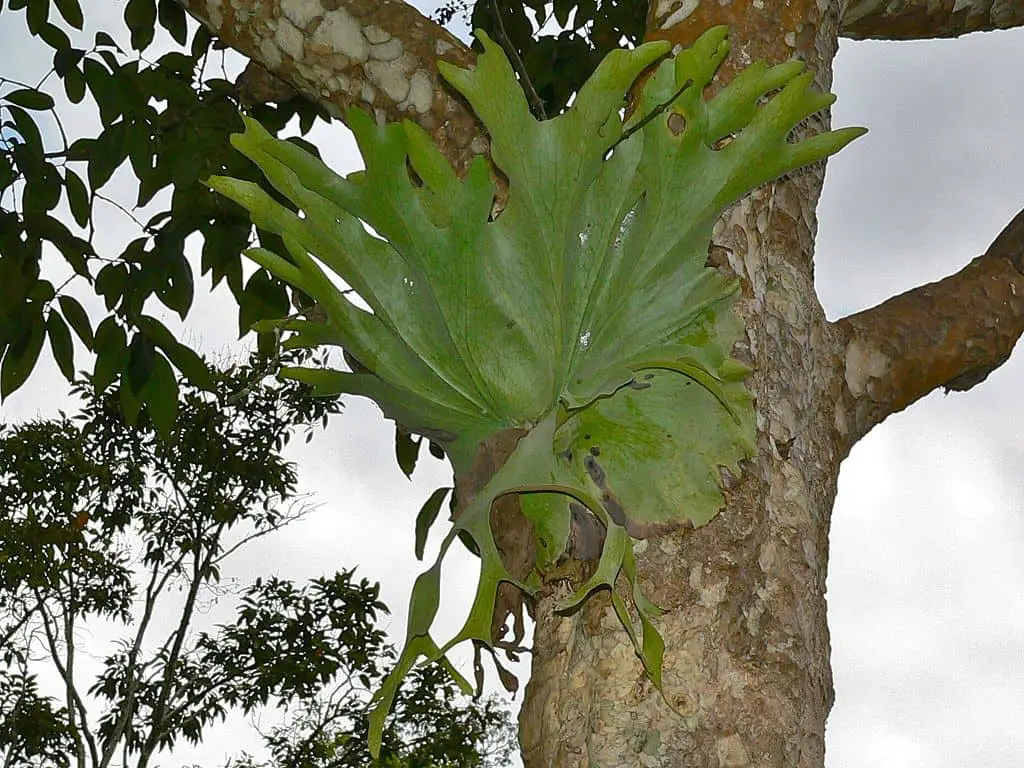
The holttumianum variety is native to Australia and is known to grow in humid rain forests, mostly tropical areas i.e., northern territory, Queensland, and New South Wales. The bottom leaves of this plant can grow about 16ft long.
9. Platycerium Superbum
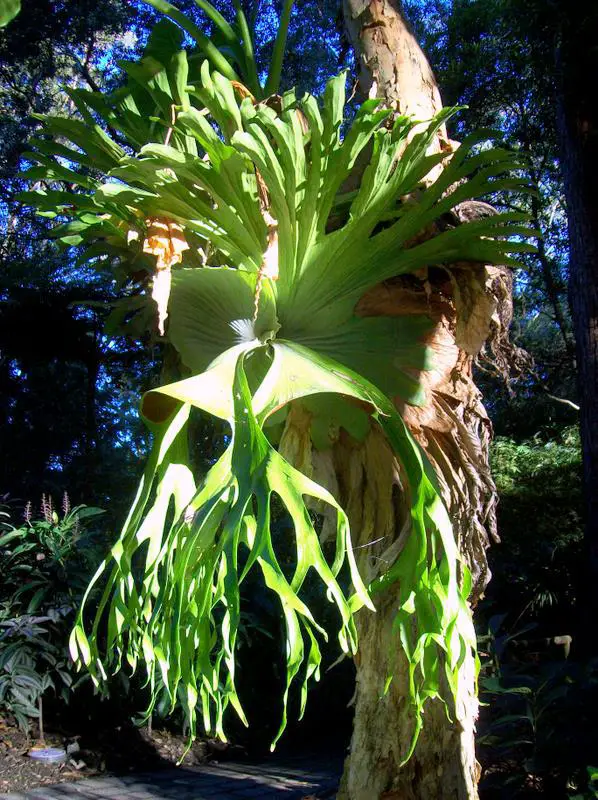
Popularly known as the great staghorn fern, this is one of the most grown staghorn varieties. The plant is native to New Zealand, and Northern Queensland. It is characterized by its thick stem and large leaves and can grow to 6ft long when it is properly taken care of.
Like the rest of its family members, the great staghorn fern is shaped like an antler.
Staghorn Fern Propagation
Because of the complexity of the staghorn fern’s look, a lot of people assume that propagating the plant will be hard.
However, we assure you that the process of propagating the staghorn fern is very easy. The staghorn fern can be propagated via division or spores. However, propagation via division is quite common among many gardeners. Read the process below.
- Identify and select a healthy, full staghorn fern plant.
- Attached to your mother plant, it is common to find an offshoot with a root or stem, which is connected to the plant. Gently remove this offshoot with the use of a sterile knife.
- Mount the offshoot immediately after it is removed. Failure to do so can result in the death of the offshoot.
- Ensure all the right condition is provided for your staghorn fern.
Staghorn Fern Plant Care Guide
As stated earlier, the staghorn fern isn’t hard to care for; however, it does require specific attention and requirement. Below are all you will need to keep your staghorn plant in good health.
1. Light
In its natural habitat, the staghorn fern is usually located attached to large trees and these trees’ leaves protect the staghorn fern from the direct scorch of the sun. The staghorn fern in your home will love this to be reciprocated.
It will thrive best in indirect light. We suggest that your plant is placed by a window, with a shield, to prevent it from direct contact with the sunlight, as exposure to direct light can burn your plant. Your plant mustn’t be placed in low light, as this can slow down the growth process.
2. Water
For a unique plant like the staghorn fern, watering is quite important. Water your plant weekly in the summer and other seasons, however, your watering rate has to reduce during the winter. Your watering schedule may also differ, depending on your climate condition. If you live in a dry environment, it is best to water your plant more frequently or mist it as often as possible.
Ensure that your staghorn fern is not overwatered as this can lead to the death of the plant. To water, the staghorn fern, take out the plant from the mounting, soak it in a sink or basin of water for 15 to 20 minutes. Allow the water to drip from the plant and then return the plant onto the mount.
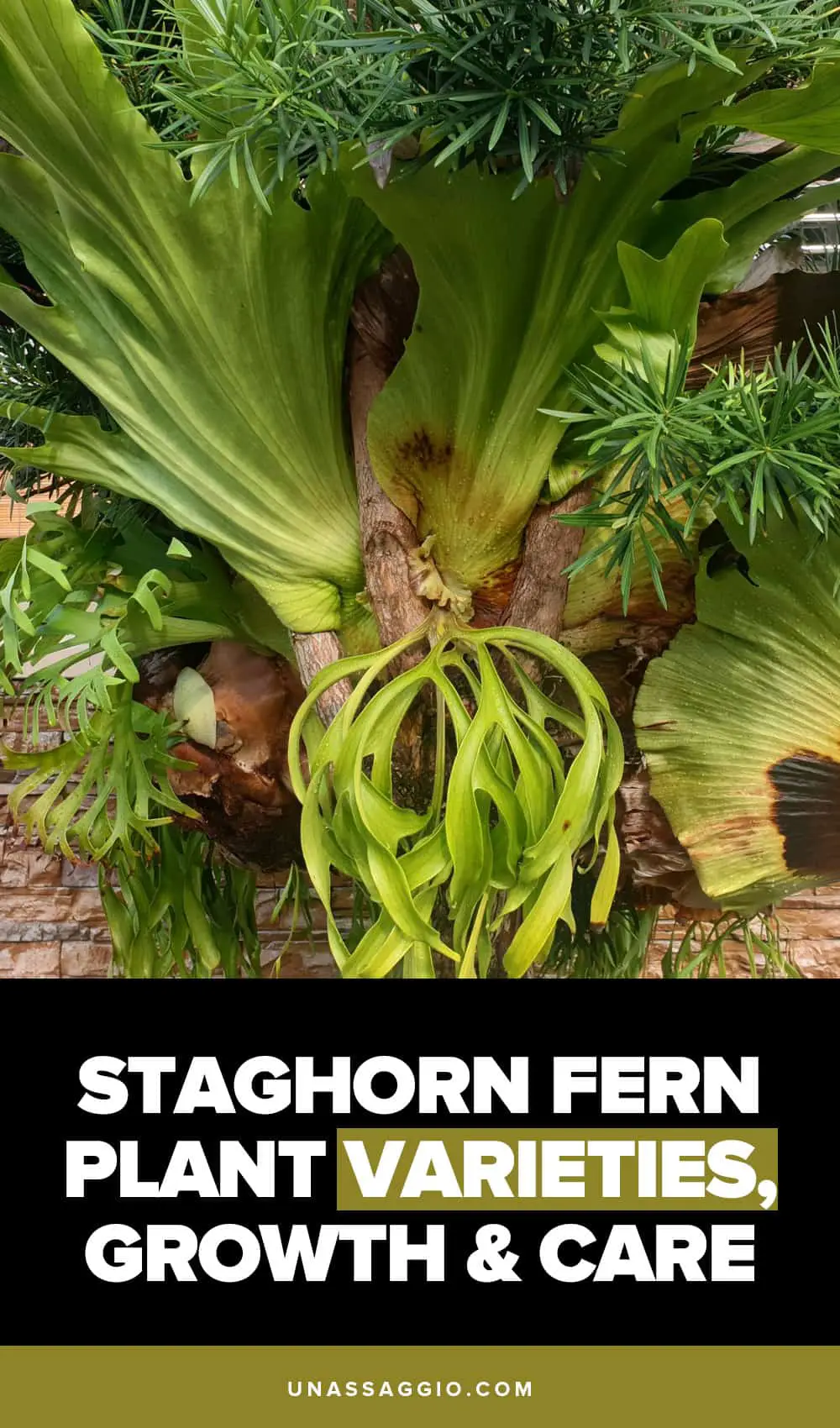
3. Fertilizer
For commendable growth, the staghorn fern is better fertilized with a balanced, water-soluble fertilizer, every month. The fertilizer is best applied during the growing seasons i.e. Spring to summer. However, the fertilizing should be reduced during the winter.
4. Humidity
The natural habitat of the staghorn fern is humid; hence the staghorn fern enjoys a high level of humidity. To boost the humidity level for your plant, we suggest that your staghorn fern be placed in naturally humid places in the home such as the kitchen and the bathroom. You can also mist your plant regularly or purchase a plant humidifier.
5. Temperature
The staghorn fern can survive with the regular indoor temperature and this plant can even accommodate a little bit of cold, however it should not be taken beyond the temperature range of 50 degrees F.
6. Soil
As a little plant, the staghorn fern can tolerate being grown in the regular, moist potting mix; however, due to the need to mount the staghorn fern, you have to provide the plant the soil that gives the nutrient an epiphyte requires.
For mounting, the plant will require a mix of peat, compost, moss, and few other organic materials, all of which will be used as a base for your plant. Bear in mind that as an epiphyte, the plant only survives on the nutrient provided by the host tree.
Staghorn Fern Plant FAQs
Can Staghorn Fern Stay In Pots?
Yes! Although in the natural habitat, the staghorn fern grows on tree trunks and tree branches, however, the staghorn fern can still grow in pots. It is true that a lot of people find growing in a wire or mesh suitable; you can also raise your staghorn fern in a standard pot.
How Can I Get Rid Of Staghorn Fern Pups?
This is easy. Be patient until the pup is about 4 inches grown, identify the attached spot of the pup to its mother plant, with the use of a sharp knife, cut the pup off, and ensure some roots are attacked to it. At this point, the pup is suitable for mounting just like a matured staghorn.
What Is The Best Fertilizer For Staghorn Ferns?
Make use of a well-balanced, water-soluble fertilizer for your staghorn fern plant. There are also suggestions that you can make use of banana fertilizer, as this will provide your plant with high amounts of phosphorus and potassium requires.
Is Staghorn Fern Rare?
Yes, the staghorn fern is a rare plant to find. However, in recent times, a lot of farmers are making this beauty available via propagation. If you do not find a staghorn fern in your local nursery, we are almost sure you can find one online.
What Is The Lowest Temperature A Staghorn Fern Can Tolerate?
The staghorn fern can tolerate the regular room temperature, and even a little cold, however, the plant will not accommodate any temperature range below 50 degrees F.
Can Staghorn Grow In Shade?
No. the staghorn fern will not grow to its maximum potential if grown in the shade. Its growth will be slow. Growing in the shade will also encourage the growth of fungus and other diseases.
Does A Staghorn Fern Need Soil?
The staghorn fern is an epiphyte, which is an indication that the plant does not require soil to grow as it grows on a tree. Bear in mind that the plant does not take up nutrients from the tree or cause any harm whatsoever.
Final Thoughts
The staghorn fern is an exquisite plant that beautifies whatever space it is placed. The staghorn plant, although not a high maintenance plant, requires specific growth measures. The following tips will further ensure healthy growth for your staghorn fern.
- Although the staghorn ferns aren’t exactly susceptible to pests, however, few pests may stand as a hindrance to the growth of your lovely fern. I.e. Scale insects. The good news is that they can be removed.
- To get rid of a scale insect, we recommend that you remove the infected leaves. Another alternative is to rub the insects off the leaves with the use of cotton wool and alcohol.
- Ensure your staghorn fern isn’t overwatered, as this can lead to fungal disease, also known as Rhizoctonia solani, which can ultimately lead to the end of your staghorn fern.
- The staghorn fern may not require extensive pruning. However, you should get rid of damaged, infected, or dead leaves, remove pups and keep the plant clean.
Discover more houseplant guides:
- Calathea Orbifolia Plant: The Complete Growth And Care Guide
- Devil’s Ivy (Pothos) Plant: The Complete Growth And Care Guide
- Marble Queen Pothos Plant Care (How to Grow Marble Queen Pothos)
- White Knight Philodendron Care (How to Grow This Philodendron Variety)
- Calathea Varieties: The Most Beautiful Types Of Calathea Plants For Your Home

